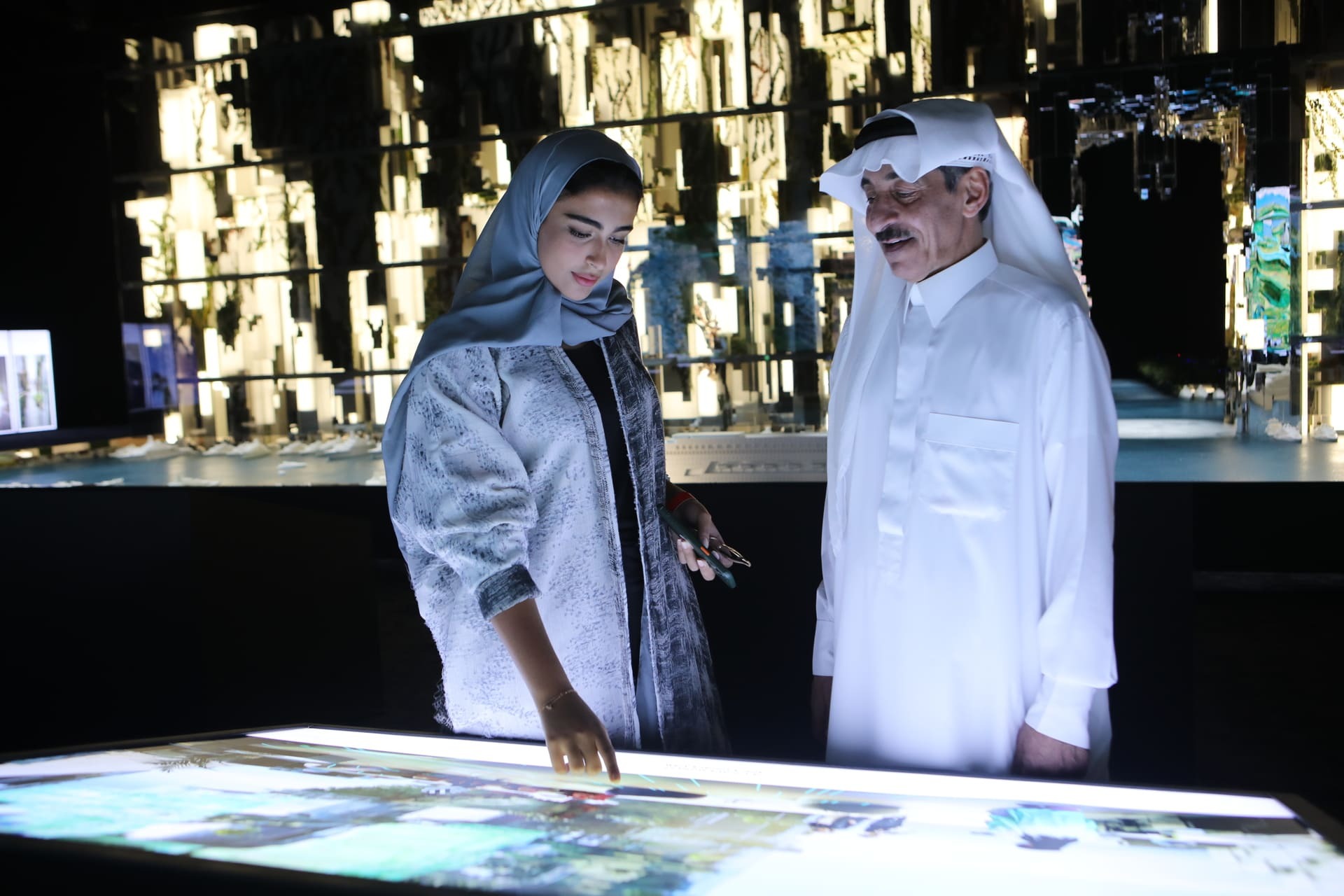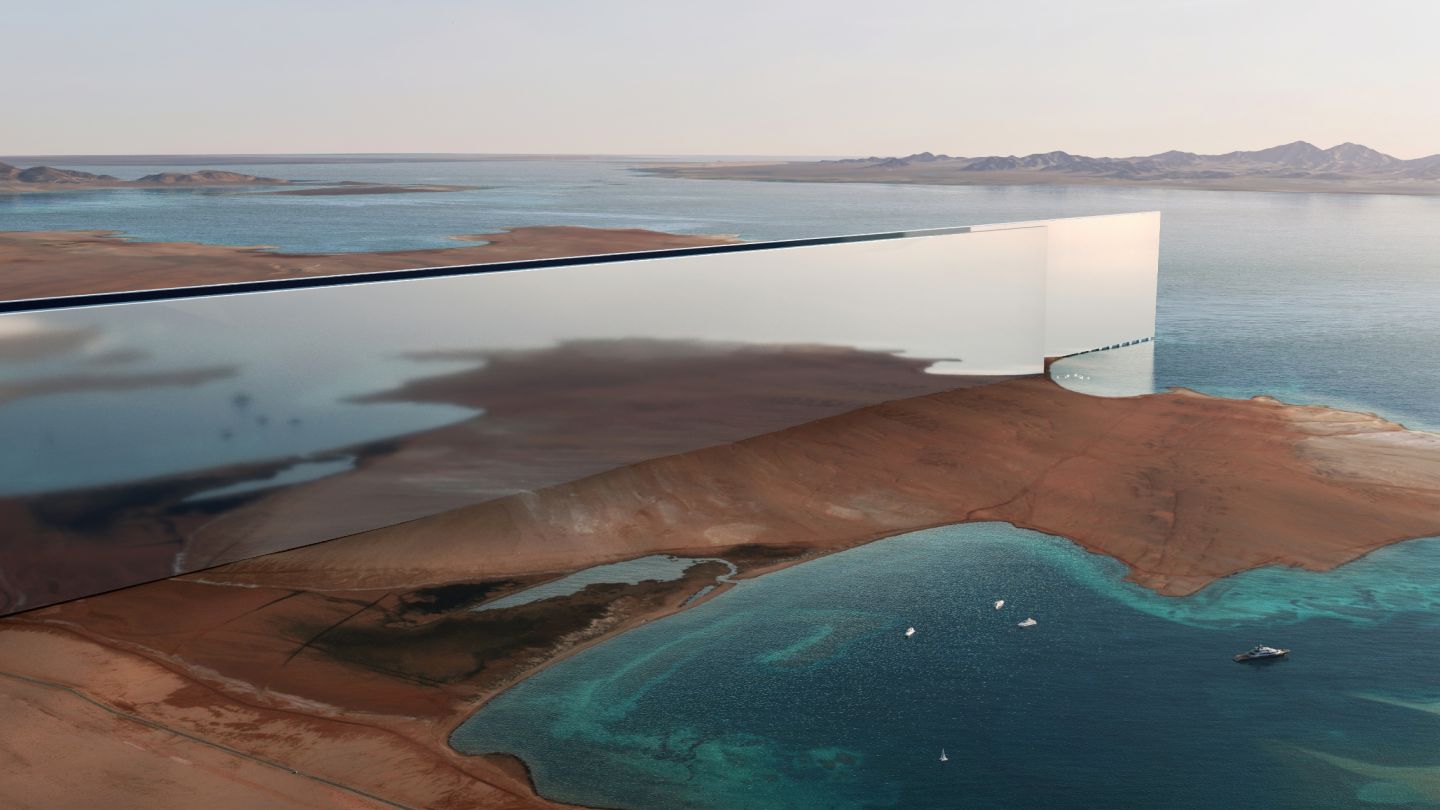THE LINE: Taking vertical urbanism to the next level
Mixed use buildings have hinted at the possibilities since the 1960s, but NEOM will truly deliver on the promise with its linear city – running from the stunning Red Sea coast through epic desert to majestic mountains in Saudi Arabia – with all of life’s needs inside one 170 kilometer-long structure, writes THE LINE Executive Director Giles Pendleton
Most of us live in a horizontal world, but this is not the best use of space. Neither is it the most productive or efficient way to use the planet’s already stretched resources. Those who live in mixed use buildings in cities will attest to the convenience of having residential, office, retail, medical, education, sports and entertainment facilities in the same area.
Future-proof approach
This all started in 1969 with the John Hancock Tower in Chicago and continued all the way through to the skyscrapers we see in cities all over the world today. The true promise, though, has never been fulfilled. And perhaps it can’t be with a traditional skyscraper, where there are physical limits to how high you can safely go.
So with the world on the cusp of mass urbanization, a new solution is needed. Cities can’t be allowed to spread wider and wider, raising carbon emissions and destroying greenbelt land. Between now and 2030, more than a billion people will move from rural to urban areas – say forecasters. The biggest cities in the world are going to house 50 million people each. By the end of this century, another 4.5 billion humans will urbanize. The city honeypot effect started decades ago and is now amplifying at an alarming rate.
Imagine then a whole city within a 500-meter tall and 200 meter-wide building, stretching 170 kilometers across the coast, desert and mountains of Northeast Saudi Arabia. A place housing nine million people within 34 square kilometers. Well, that’s what we are building with THE LINE. It will deliver total vertical urbanism. Residents will be able to live on the 50th floor, for example, and go down in the lift to the 20th floor to a restaurant, hotel or dentist. Or even travel sideways to their office, university or a football match. All within minutes of home.
A better way to live
This will be like adding another dimension to life, at the same time addressing long commutes, urban sprawl and carbon emissions. Especially given that THE LINE will be car-free and run exclusively on renewable energy. Our lofty ambitions are to solve a lot of the world’s societal, economic and environment ills in one go. That includes urban congestion, pollution and inequality.
We can deal with all these problems with smart and responsible development. We have answered the question – how do you build a city with the smallest possible footprint? A question that is vital when you consider that Saudi Arabia’s population is likely to triple in the next 30 years.
Everything you need will be within a five-minute walk on THE LINE, including nature. You won’t have to leave the building, although of course you will because the beach, desert and mountains will be just outside your door. Not to mention an international airport that will take you anywhere in the world fast and with a best-in-class customer experience. Plus a hidden marina that will mean you can jump on a cruise ship or take a short boat trip to an incredible island like Sindalah. Added to that, everyone will have views of nature and access to the same shared services, no matter what your salary.
Learning from history
However, we all know that towers have a dark history. We must learn the lessons from poor as well as best practice. The social housing blocks in Europe and the projects in America failed disastrously, becoming crime-ridden wastelands. That was all about the quality of the buildings, socioeconomic issues and the fact they were sterile environments with no offices, hospitals, schools or leisure offerings.
Everything you needed to do other than sleep, you had to leave these places and travel somewhere else. Which is not ideal when you consider that social housing is usually on the outer edges of the city. This inequality in turn perpetuated urban sprawl, congestion and pollution. It’s a vicious cycle and has to change. That model was never going to work, but it had to be attempted because people needed to be resettled from awful slums in the post-war era.
Even with high-end inner-city high-rise buildings, it hasn’t panned out well. Office space dominates and the city centers empty out at night, as people working there leave for the suburbs. You have this unnecessary mass movement of people every single day. It drains the energy of people and the planet. Buildings need to function day and night, if we are to thrive rather than just survive as a species.
So on THE LINE, people will be able to live, work and play within the same module [communities of 80,000 people]. You’ll have the five-minute bubble around you, which will include everything you could possibly want in life. The idea isn’t to limit people’s experiences, but to unlock more time for them. By that, we mean the important things like time with family, hobbies and learning.
You may have to travel when going to the airport, waterpark or for sporting events – although it will be a relatively short journey. Travelling THE LINE from end-to-end, all 170 kilometers of it, will be quick on high-speed rail. In a way, it will be a utopia. Great weather and close to the sea. Epic nature all around with a city built inside a park. It will actually be the best lifestyle anywhere on the planet.

Our grand design
Architectural naysayers might say this is an impossible wonder to build. But it will be more like a giant Lego set that we assemble onsite with modular techniques, modelled for usage in advance using our digital twin technology. Everything will be prefabricated, standardized and come fully-formed so that it essentially just locks together. For instance, walls will arrive with plugs, skirting and skimmed. Construction is the second most dangerous industry there is, after forestry, so it makes sense on a number of levels to build offsite in nearby factories and then plug and play here.
Our city will be built using intelligent design and fully data-driven – again thanks to the digital twin algorithm – so that we don’t have to retrofit solutions afterwards. Sadly, that is currently what happens in every other global city. To give a practical example, parks will be designed so that people are not forced to walk across the grass to take the quickest route to their destination.
What we are doing here is creating a living laboratory where nothing is off the table if it makes sense in terms of sustainability, economic growth and the regeneration of nature. To meet the mass urbanization coming, we need to be much bolder with our approach and design. And there is no lack of appetite for that task here at NEOM. This will be the grandest design of them all.
Giles Pendleton is THE LINE Executive Director and has worked for more than 20 years in the construction industry – all across the world

